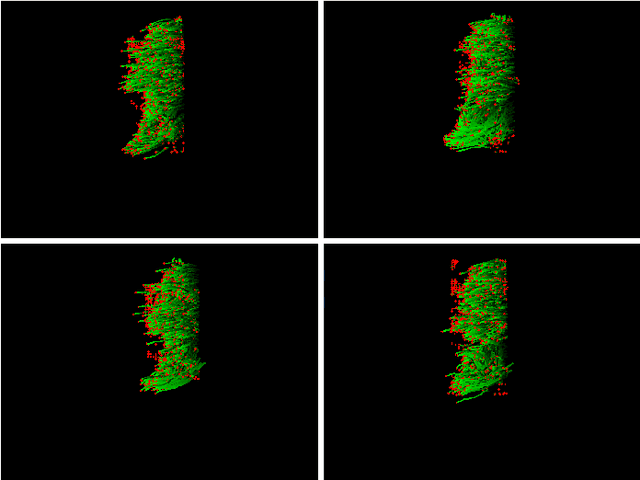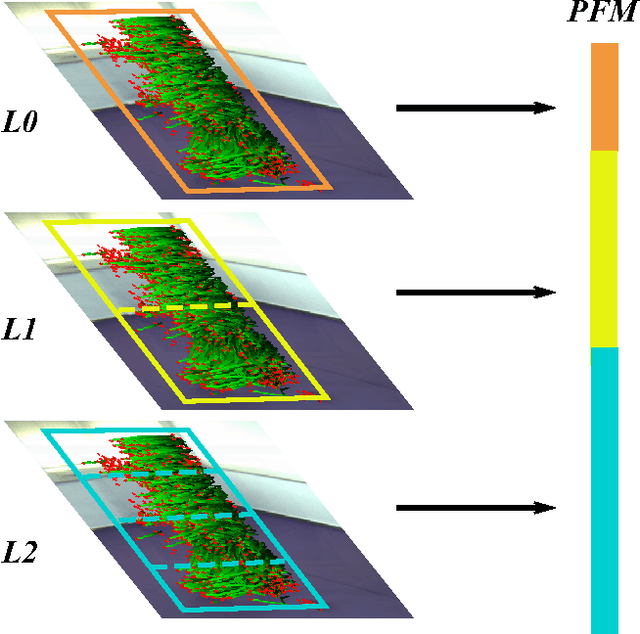M. J. Marin-Jimenez
Automatic learning of gait signatures for people identification
Jun 14, 2016



Abstract:This work targets people identification in video based on the way they walk (i.e. gait). While classical methods typically derive gait signatures from sequences of binary silhouettes, in this work we explore the use of convolutional neural networks (CNN) for learning high-level descriptors from low-level motion features (i.e. optical flow components). We carry out a thorough experimental evaluation of the proposed CNN architecture on the challenging TUM-GAID dataset. The experimental results indicate that using spatio-temporal cuboids of optical flow as input data for CNN allows to obtain state-of-the-art results on the gait task with an image resolution eight times lower than the previously reported results (i.e. 80x60 pixels).
Pyramidal Fisher Motion for Multiview Gait Recognition
Mar 27, 2014



Abstract:The goal of this paper is to identify individuals by analyzing their gait. Instead of using binary silhouettes as input data (as done in many previous works) we propose and evaluate the use of motion descriptors based on densely sampled short-term trajectories. We take advantage of state-of-the-art people detectors to define custom spatial configurations of the descriptors around the target person. Thus, obtaining a pyramidal representation of the gait motion. The local motion features (described by the Divergence-Curl-Shear descriptor) extracted on the different spatial areas of the person are combined into a single high-level gait descriptor by using the Fisher Vector encoding. The proposed approach, coined Pyramidal Fisher Motion, is experimentally validated on the recent `AVA Multiview Gait' dataset. The results show that this new approach achieves promising results in the problem of gait recognition.
 Add to Chrome
Add to Chrome Add to Firefox
Add to Firefox Add to Edge
Add to Edge